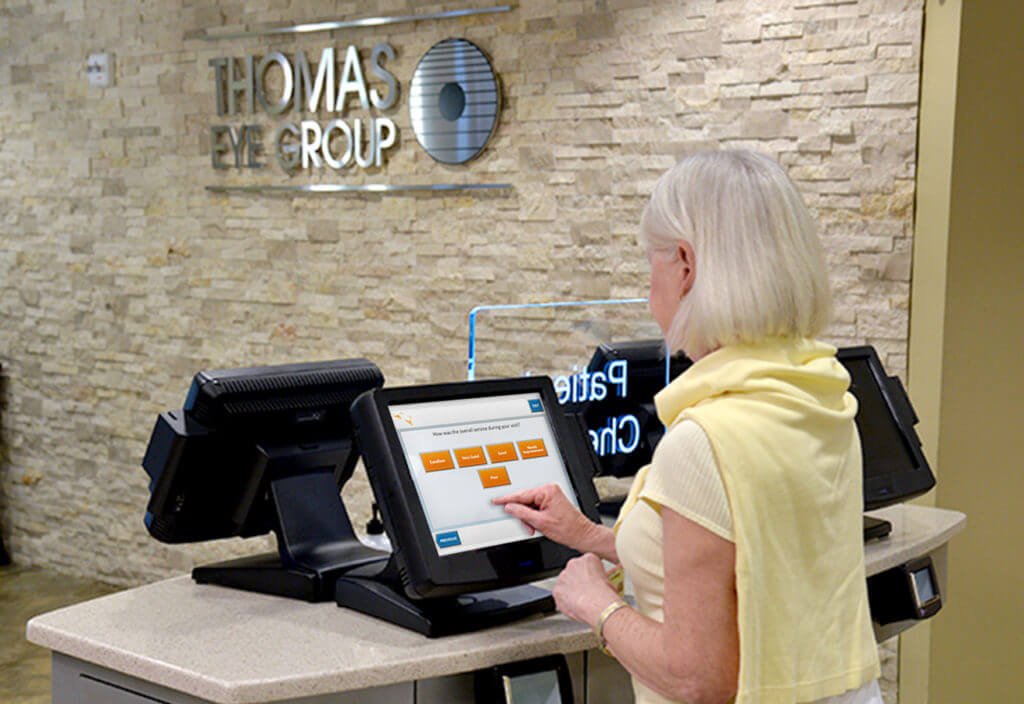Improving your Practice Workflow by Buffy Lamb
When is the last time you mapped your workflow and assessed process performance? If you run a small to medium sized practice, the answer may be never. Faced with no time, no budget to hire an expert, and no in-house experience in the process, you may keep pushing this task to the bottom of your to-do list. However, if your profit margin is disappearing and you are struggling with persistent errors, I would encourage you to reconsider. You do not have to be an efficiency expert to identify savings opportunities in your practice, but you have to take the time to look.
Scrutiny is the first step in improving quality and efficiency and maintaining an effective workflow. Dedicate time to perform a formal examination. In smaller practices, we have the luxury of communicating directly with staff, so we may feel like we have tighter control over processes and deny the need for process evaluation; that mindset can be hazardous to your bottom line. As long as we use human beings to fulfill duties, there will be workflow deviation, error, and omission. Use a formal assessment to find your lost profit margin in bad processes or good processes poorly executed.
Analysis can reveal opportunities for savings in technology and help you measure the value a solution will bring to your practice. Look for areas in which human beings are inconsistent, inefficient, or inclined to err. These pain points will become your shopping list for technology. They will also help you find the money to invest in your purchase. You can use information from your practice to value savings in staff time or error elimination, but most of us rely on web resources. Benchmarking information is available for sale, but you can find free resources if you are willing to invest a little time and effort. Manager and medical society sites along with government and private concerns connected with QPP may prove useful starting points.
Value Examples
CAQH includes information about technology saving opportunities. In their 2018 Index Report, they indicate that changing from a manual eligibility and benefit verification to an electronic process represents a provider savings of $2.60 per transaction. How many transactions does your staff process in a day, a week, a year? In addition to the savings with automation, how much staff time can be redirected to other important processes?

Hopefully everyone is verifying eligibility for all patients; no one can afford to skip this step. If you are, you have a problem with denied claims. In an MGMA insight article (https://www.mgma.com/resources/revenue-cycle/you-might-be-losing-thousands-of-dollars-per-month), Tina Graham tells us every denied or rejected claim costs on average $25.00 to rework; she further estimates that 50-65 percent of rejected and denied claims are never reworked. Can you find the money to invest in technology in your rejection and denial reports? It is certainly worth a look. Hopefully you are beginning to see that technology can pay for itself in your practice.
Once you have selected technology, do not drop the assessment mindset. Map out your future workflow with input from your vendor. Use the vendor’s product knowledge to maximize product customization. Write out workflows and share the product with staff. Use it to express not only flow but roles and expectations to employees, leaders and members of the management team. It serves as a change management tool supporting successful product implementation.
When implementation is complete and your vendor signs off on the project, keep looking. Staff can quickly slide back to old habits when they are not held accountable. You have invested in new technology, you cannot afford for your staff to cling to old processes. Accountability is critical to continued success. Do not despair; I am not suggesting that you need to perform a perpetual cycle of end-to-end audits. Just pull a thread here and there. However, if you are noticing recurring problems, perform targeted audits focusing on the source of errors. These abbreviated audits take little time, and it does not have to be your time. Delegate! Use staff time liberated by technology. Let the staff participate, collaborate, and even take ownership of pieces of the process. Give them goals and celebrate successes. Sure, maintaining good processes requires an investment of time, but keeping the staff on course and accountable pays real dividends; it beats investing time in correcting errors.
Considerations and resources
Do not let inexperience deter you. With a little research, you can find information to support you through workflow assessment. Because this exercise is integral to quality improvement and waste reduction, resources are easy to find. You can educate yourself about the process and find sample charts through sites such as ARQH. ARQH offers great educational offerings including workflow tools and examples. In my career, I have used flow charts, and I have gone low tech with sticky notes that I moved around a large sheet of paper. No matter what the method, I always found value in this exercise. Do what works for you.
Start with a clean slate. Put any expectations or preconceived notions aside. Gather information from sources such as
- Conversations with providers and patients
- Claim rejection and denial reports
- Time studies
- Observation
- Surveys given to staff
The toughest part can be to maintain objectivity throughout this process, but facts, not preconceived notions, guide an effective process.

As a hands-on manager, I kept a close eye on people and processes, and yet, this exercise often uncovered surprises. Objectivity allowed me ferret out misconceptions and discard old outdated beliefs and practices. Such was the case when I first considered the value of adding kiosks to my front desks. Initially, I worried that the technology would diminish the level of customer service provided by my staff. When I took a fresh look at my old process, I found my staff so occupied with paper and data entry that customer service was already at an alarming low. Contrary to my original concern, implementing kiosks freed up staff time and allowed us to increase the level of support and service. With a narrow, fixed opinion, you are doomed to repeat the same mistakes. Reap the benefits of an open mind and find hidden value in broken processes or systems.
If you are still overwhelmed by the prospect of performing a formal process evaluation, limit the scale or scope of your initial review. For example, you may let the errors on your claim rejection reports focus the attention of your first area of analysis, or choose to examine a particular role or location that stands out for its struggles. It is better to start small than to fail to start. Remember to maintain your objectivity, and consider the value that technology could bring to a solution including not only time saved but time staff time redirected. Finally, congratulate yourself for finding lost time and money in failing processes and staff performance.
Recommended for you
Related Posts
New From Clearwave Innovation Lab: Remaining Deductible & Clinical Intake Enhancements
Reading Time: 3 minutes By Blakely Roth | October 17, 2024 It’s that time again — see all the new and exiting product enhancements…
5 Creative Ways to Retain Healthcare Workers
Reading Time: 4 minutes By Blakely Roth | September 18, 2024 Healthcare practices continue to grapple with a never-ending staffing crisis. With rising patient…
3 Ways to Use Patient Check-in Software to Increase Profits at Your Dermatology Practice
Reading Time: 4 minutes By Chloe From Clearwave | September 16, 2024 To keep up with the patient demand and increasing competition, dermatology practices…




